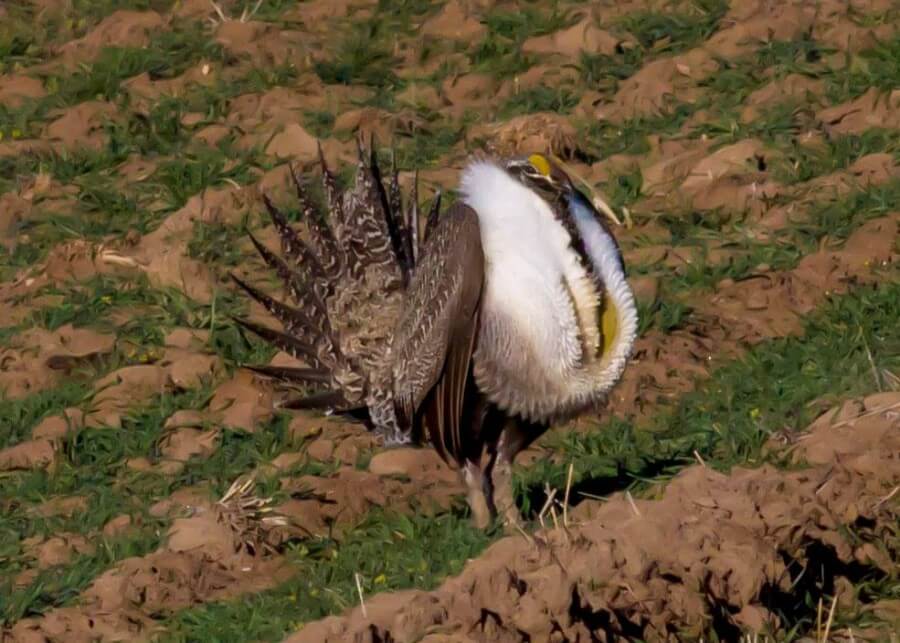
Greater sage-grouse are the only grouse in North America that have been known to migrate. In winter, sagebrush leaves become 99% of the bird's diet, and some individuals migrate to different habitat for the season. During this time, males use their tail feathers and expandable air sacs under their throats to compete with other males for optimum position on the lek and the attention of females.Īlong with depending on sagebrush for cover, it also comprises of much of their diet. This behavior occurs from early March to mid-May, when multiple males gather in open areas called leks. The greater sage-grouse is known for exciting and brilliant display behaviors by males during the breeding season. Open areas are needed during the breeding season, while more dense cover is needed for nesting, raising young, and for winter habitat. Sage-grouse need diverse habitat for different seasons. Greater sage-grouse depend on large areas of sagebrush, along with a variety of native grasses, forbs, and shrubs. It is believed that 56% of the greater sage-grouse historical range has been lost. Their numbers have declined along with this habitat. Greater sage-grouse historically inhabited most of the sagebrush steppe in the western United States.

females are a more dull, dappled brown and white color and do not have showy features.males have large tailfeathers and expandable air sacs on their chest, used for display during the breeding season.ground-feeding, upland bird the size of a chicken.Sage Grouse (male) Centrocercus urophasianus Description


 0 kommentar(er)
0 kommentar(er)
